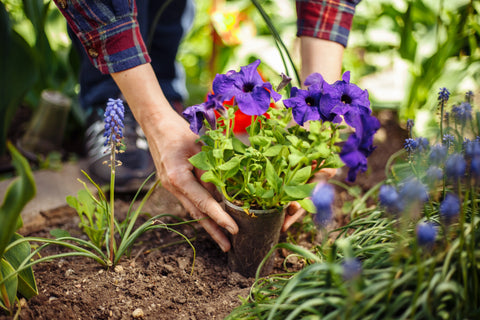How to Care for Your Aloe Vera Plant
It requires bright, indirect sunlight or artificial light, and would prefer a western or southern window. Aloe Vera plants become leggy if they receive too little light. The ideal temperature for the plant is between 55°F and 80°F (13°C to 27°C), which is typical for most homes.
Transfer it to your patio in the warmer months, like May to September, and bring it back in cool months when nights grow. Repot an aloe only if it has a root-bound situation, which can be done accordingly during planting. It is one of the low-maintenance outdoor plants.
Watering Your Aloe Vera Plant
Watering aloe vera can be tricky, but the plant is generous once you understand its necessities. Although aloe vera is a succulent bred to grow in dry weather, its thick leaves contain water and need some sustenance to stay healthy. Water your Aloe profoundly but infrequently.
The soil should feel moist after watering it, but it needs to dry out before you water again. For example, if your pot has 6 inches of soil, wait until the top 2 inches are dry before adding more water (you can test this by sticking your finger into the soil). Typically, you should water your Aloe every 2–3 weeks in the spring and summer and less frequently during the fall and winter. Follow our plant care tips for healthy indoor succulents.
Remove and Transfer Aloe Vera Pups
This produces plantlets, also called pups, which are copies of the mother plant; when removed, these can also be grown to form another Aloe vera plant. Delineate the pups, looking at the attachment point between them and the main plant, and carefully cut them off with pruning shears, scissors, or a sharp knife, leaving at least an inch of the stem attached to the pup.
Leave the pups in an indirectly lit, warm place for a few days to allow the cut ends to begin callusing, preventing rot from becoming established. Once the calluses are established, pot the pups in a well-draining succulent potting mix. Keep the potted pups in a sunny spot and wait at least a week before watering. The soil should remain dry during this initial period to help the new plants settle in.




